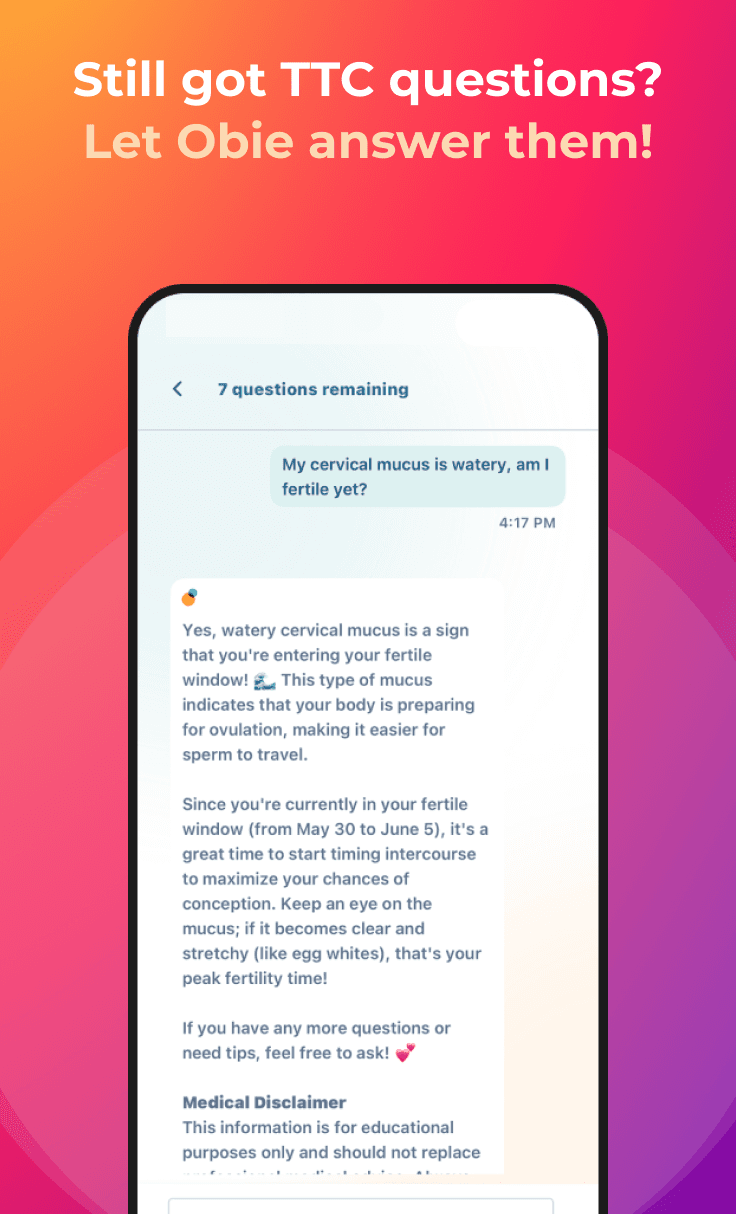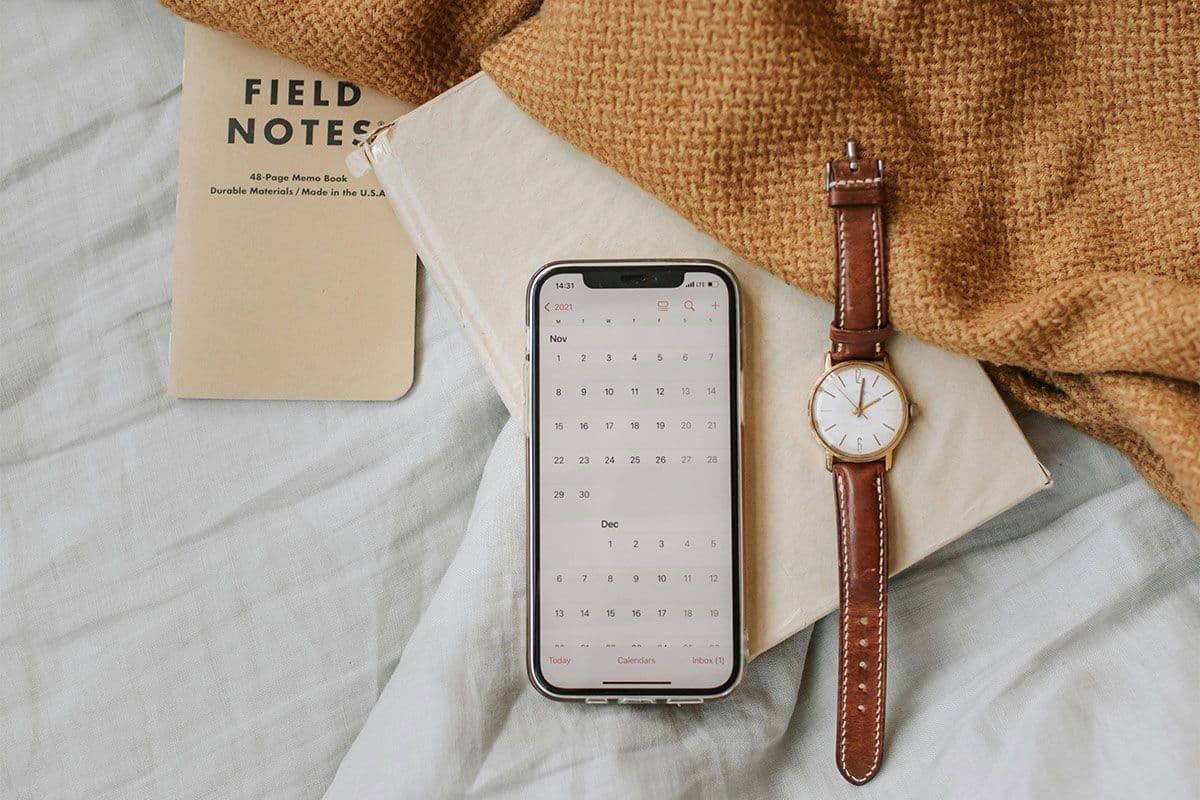Intro to Fertility and BBT Charting
Fertility Awareness
Obie Editorial Team

Your basal body temperature BBT is the temperature of your body at rest. For fertility charting, the temperature is always taken in the morning before you move or get out of bed. About half of all couples will get pregnant after 5-6 months of trying to conceive, and 85% will be pregnant within one year. But fertile couples who know when they are fertile and who make love frequently during their fertile days, have a better chance of getting pregnant sooner.
Why chart your fertility?
There are many reasons to chart your fertility:
- To see when and if you ovulate
- To calculate the cycle length
- To assess if you made love at the right time
- To diagnose a pregnancy early on
- To evaluate your cycle for fertility problems
- To see if your fertility medication was successful
- To correlate other fertility signs such as cervical mucus or cervical position with actual ovulation on a BBT chart (see Other Signs below)
- To calculate the follicular and the corpus luteum phases (a key to possible infertility issues)
How do you become one of these couples and increase your chances of getting pregnant earlier? You should try finding out exactly when, and if you ovulate. By charting your basal body temperature (BBT) you can learn more about your fertility and keeping a BBT chart is a very exciting way to get pregnant. It makes you understand your body and often gives trying to conceive (TTC) more of a purpose.
How to take the basal body temperature (BBT)
Learn how to start charting your basal body temperature (BBT) and improve your chances of getting pregnant. Find out if and when you ovulated, and if you had intercourse at the right time.
- Get a basal body thermometer (you should be able to get one at your local drugstore) that shows precise changes of one-tenth of a degree in your temperature.
- Some doctors suggest using a glass or mercury thermometer because they feel it's more accurate. But in most cases, a special digital thermometer is fine for taking the BBT. The digital ones have advantages: they are harder to break, some may remember the temperature for you if you don't want to chart it immediately, they beep when it's ready for use, and you don't have to shake down the thermometer after taking your temperature.
- Start keeping track of your temperature on the first day of your period.
- The temperature can be taken either in your mouth or the rectum (or even in the vagina). But you must take it always the same way throughout the menstrual cycle and preferably with the same thermometer.
- Don't switch thermometers mid-cycle.
- Do not move, do not get out of bed, do not eat, drink, or smoke before you take your temperature.
- Take your temperature at the same time each day (within 30-60 minutes is fine).
- Have at least 3-4 hours of consecutive sleep when taking your temperature.
- If you get up earlier or sleep in later, take your temperature as usual and make note of the time. Sleeping for a shorter time period or drinking alcohol the night before may affect the accuracy of the temperatures.
- Write down the temperature after you have taken it. Do it immediately after reading it, otherwise, you might forget the temperature later on. Paper charts are usually included within the BBT thermometer package or available at your Ob-Gyn's office.
- Calculate your coverline after you have detected ovulation. The coverline is a horizontal line drawn after ovulation to help differentiate temperatures before ovulation (low) and temperatures after ovulation (high). When your waking body temperature rises more than two-tenths of a degree higher than the previous six days, and it stays that way for at least two days, your coverline can be established.








